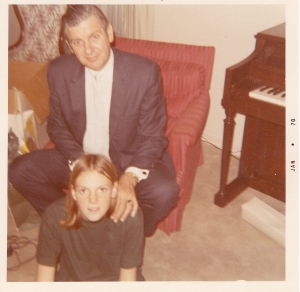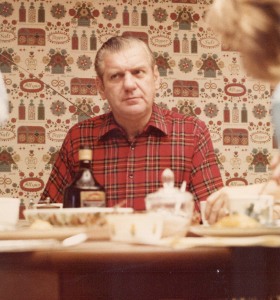BUILDING THE BELOVED CHARACTER, PART 2
READ OR LISTEN
One’s surroundings can have as much to do with a person’s development as his or her parentage. Most of the time but not always it determines heritage, language, social mores, learning levels, and the nature of formative experiences.
Somewhere along my lifeline a formative experience sparked my fascination with castles, and particularly Irish castles. Thus, I’m always writing about them. But, what kind of person actually lived or worked in an Irish castle? How did it affect what they knew, saw, did, or how they felt about their lives?
In the 17th century, Ireland was surely wilder and even more lushly green than it is now, but its neighbor England, one of the world’s most powerful nations at the time, saw Ireland as both a dangerous threat and a precious emerald jewel. The threat was that Ireland was mostly Catholic, and should the Spanish choose to attack England they might use Ireland as a back door for entry. At the same time, land seemed abundant for the taking, to reward nobles and military leaders, for harvesting timber, wool, and flax, and for soaking up the lucrative fish oil industry—a very ripe plum to be plucked.
From the time of King Henry VIII, the English had envisioned plantations across Ireland—settlements of pious and hard-working English families—intending that eventually Ireland would be predominantly English-Protestant, living strictly and peacefully under English rule. This, as one might imagine, created a fiery tension between English and Irish—and my description is at best a gross simplification of a very complex and heated situation.
My novel, When Starlings Fly as One, takes place when King Charles I is in bitter conflict with the English Parliament and headed for civil war. The Irish Parliament supports him and even sends money in hopes of maintaining his lenience toward Catholics and resolving a long list of Irish grievances that he agreed to but hasn’t yet addressed.
By 1641, as the English are so distracted, Irish clans are uniting for a chance to take back their island. The rebellion spreads through unity of purpose, but it suffers under disorganization and the divisive goals of individual clan leaders—including one who insists on capturing the defensive castles along Ireland’s southern coast—and especially Rathbarry Castle in County Cork.
My protagonist, Merel, began life as the only child of a painter’s apprentice and his wife. in a port city called Harlingen in the Dutch province of Friesland. She would have lived with her parents in a small wood-framed house with a thatched roof. Upon arriving in Ireland, she is orphaned and goes to live in a large castle fortress on the windy southern coast. She must quickly adapt to life as a lady’s companion within the high walls of a bustling castle that soon comes under siege. She finds herself amid this conflict, an innocent who must eventually choose a side.
She, like many servants at that time, is at the mercy of her employers, her status bordering on slavery, trapped within stone walls and expected to do what she’s told. Castle life is not as luxurious as it might seem from a distance. There is drudgery, filth, discomfort, fear, lack of control over one’s own destiny, and growing tensions the longer the people are confined together within the castle walls.
And ever-present is Ireland’s landscape, ever-changeable, at times vast and empty, still as a painting and yet undulating, crowded and bloody, or cool, wet, and windswept—adding to the disturbed atmosphere of the time.
I didn’t plan so much trouble and bewilderment for Merel when I first saw the portrait by a Dutch painter that inspired her character (see Part 1). Clearly, she was clever, secretive, perhaps loved, and perhaps exploited in some way.
As I researched the story, certain events had to occur as it developed, and certain things existed in her surroundings such that, rather than imagining what happened to her, I realized them. She had to be Dutch, I realized, because it was the only way she could come into the conflict without bias. Also, she had to have a certain status that would give her access to every part of the castle. And she lied, I realized. She lied to get her way, to stay out of trouble, and to gain the respect she desired. So much about Merel’s character became clear to me as she lived the events, explored the location, and adapted to the structure of her new surroundings.
(NEXT WEEK, part 3 of this blog series, Informing the Spirit)







